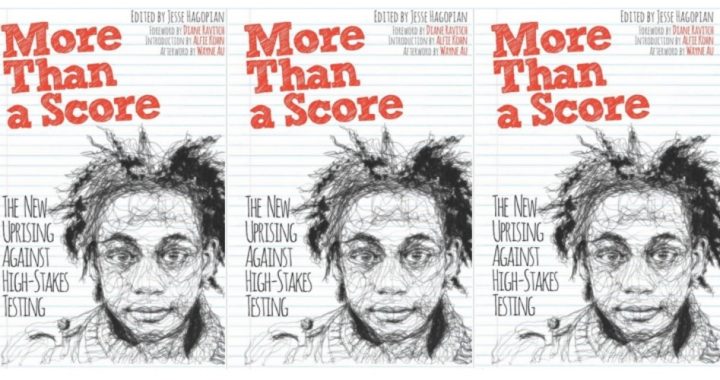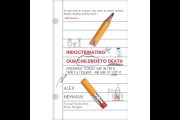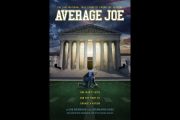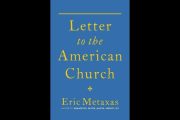
“We are more than a score” was the slogan being shouted in the demonstrations against standardized tests by students in Seattle, Chicago, Providence, and elsewhere. Although liberals have criticized these tests for years, the first open rebellion took place at Garfield High School in Seattle, Washington, in January 2013, when some 20 teachers announced their refusal to ever again administer the state’s Measures of Academic Progress (MAP) test.
And the teachers knew they had achieved victory when on May 13, 2013, the Seattle superintendent of public schools announced that “High schools may opt out of MAP in 2013-14.” This victory inspired Garfield history teacher Jesse Hagopian, a leader in the anti-test movement, to put together a new book on the rebellion, More Than a Score: The New Uprising Against High-Stakes Testing (Haymarket Books, Chicago, 2014, 322 pages) It is an anthology of articles written by activist teachers and students who have a lot to say about the rebellion. It includes a Preface by editor Hagopian, a Foreword by establishment educator/historian Diane Ravitch, an Introdution by left-wing Alfie Kohn, and an Afterword by Wayne Au, an expert on multicultural education.
Odd as it may seem, the liberal test-defiers are as much against the Common Core as are conservatives. They see Common Core coming from the same political and corporate power group responsible for the standards and testing apparatus. They see the tests as stigmatizing the poor whose low scores become the sole determinant of their educational experience.
In truth the test rebellion is an uprising of the prisoners within the progressive educational gulag who are victims of the deliberate dumbing-down curriculum launched by John Dewey and his socialist colleagues in 1898. They know nothing about the reading problem. More Than a Score makes no mention of or reference to the reading problem that has destroyed the literacy of millions of students. That is why their test scores are low. In other words, their real protest should be against the progressive teaching methods that create poor reading, rather than the tests that reveal their low scores. But obviously none of them have read Why Johnny Can’t Read by Rudolf Flesch, published in 1955, before many of them were born. But without that basic knowledge, nothing of significance will change.
Obviously, they are unaware of the history of public education and how the schools were taken over by the progressives with their socialist agenda. They do mention the influence of eugenics in the testing regimen, but eugenics is only one part of the progressive program to dumb down not only the poor but everyone else. The reason for this appalling ignorance is the tightly controlled education establishment that censors everything taught in the teachers colleges and classrooms and everything published in the professional journals. And that is why the rebellion is motivated more by emotion than knowledge. Hagopian writes in his Preface:
Ours was also a victory for the many parents who have struggled to cope with the stress of raising children in an age of what we could call the “testocracy”—the test-and-punish corporate education reform tsars whose interests are served by the proliferation of high-stakes standardized bubble tests. The testocracy has long been manipulating our society but rose to supremacy with the bipartisan No Child Left Behind Act that was signed into law by president George W. Bush and completed its coup d’etat of the education system with president Barack Obama’s Race to the Top and Common Core State Standards (CCSS) initiatives—programs designed to use standardized testing to make high-stakes decisions in education.
Who are the “testocrats”? Hagopian names the Pearson testing and textbook conglomerate that earns millions in the sale of standardized tests and new textbooks based on Common Core standards. Pearson also created the Teacher Performance Assessment, a national assessment that tests the ability of a student teacher to teach. In the spring of 2012, 67 of 68 students demanded the right to decide whether or not to take the test. The school of education finally conceded that the student teachers be given informed consent, but the teacher-educator who encouraged the resistance was fired. She later wrote in More Than a Score:
The neoliberal policies that are deforming and undoing public education are wreaking havoc on wages, job security, health care, and housing. They are behind our endless wars and occupations, surveillance state, and increasingly limited possibilities for democracy.
One of the more significant groups in this ongoing rebellion is the Badass Teachers Association (BATS), organized by education activists Mark Naison and Pricilla Sanstead. In June 2014 they created the Badass Teachers Association Facebook page that triggered a groundswell of teacher rage and activism. The teachers’ disillusionment with Obama’s pro Common Core policies avidly promoted by Arne Duncan’s Race to the Top, created a strong anti-Obama backlash. Naison writes in his chapter of the book:
Not only did the president double down on Race to the Top policies promoting school closings and test-based teacher evaluations, he ignored National Teacher Appreciation week to celebrate National Charter School week and continued to give his full support to much-hated Secretary of Education Duncan.
It didn’t take long before BATS began to realize that it had more in common with conservative Parents and Teachers Against Common Core and the Badass Parents Association than with pro-Obama Democrats. This is one of those rare instances in politics when both Right and Left have found a common enemy in the neo-liberal corporate school reformers. This also provides conservatives with an opportunity to bring the ideas of individual freedom and less government to many teachers who are in an ideological fog.
But what kind of education do these rebels want? Stephanie Rivera, a student teacher, wrties:
When I am eventually in the classroom, I aim to provide a liberating education, not a standardized one. I hope to give my students an education that provides them with the tools and opportunities to challenge the systems that oppress them rather than simply assimilate to them…. We are going into this field because we believe we will have the ability to create an environment that fosters growth, creativity, and courage in our future students.
Another teacher describes what the new ideal classroom for young students will be like:
There would be lots of hands-on, exploratory learning, nurturing teachers working with small groups of children: classrooms filled with bright natural light; lots of resources and space for art-making and imaginative play; and cozy corners for reading. But that was a short-lived delusion. After all, we live in New York City and the days of early childhood schooling, characterized by play, recess, laughter, art and singing were far past.
But nowhere in this book is there any serious discussion of what the purpose of education should be. The authors of the chapters comprising the book seem to be leaning toward a sort of progressive curriculum in which individual creativity is stressed as the learning motive. My own opinion is that education is a civilizing process in which the older generation passes on to the future generation the knowledge, wisdom, and moral values that are the foundation of our free society.
Progressive educators departed from that simple, straightforward, conservative philosophy a long time ago The result has been philosophical chaos throughout the system, with children emerging from twelve years of schooling unable to defend the values of their own country.



